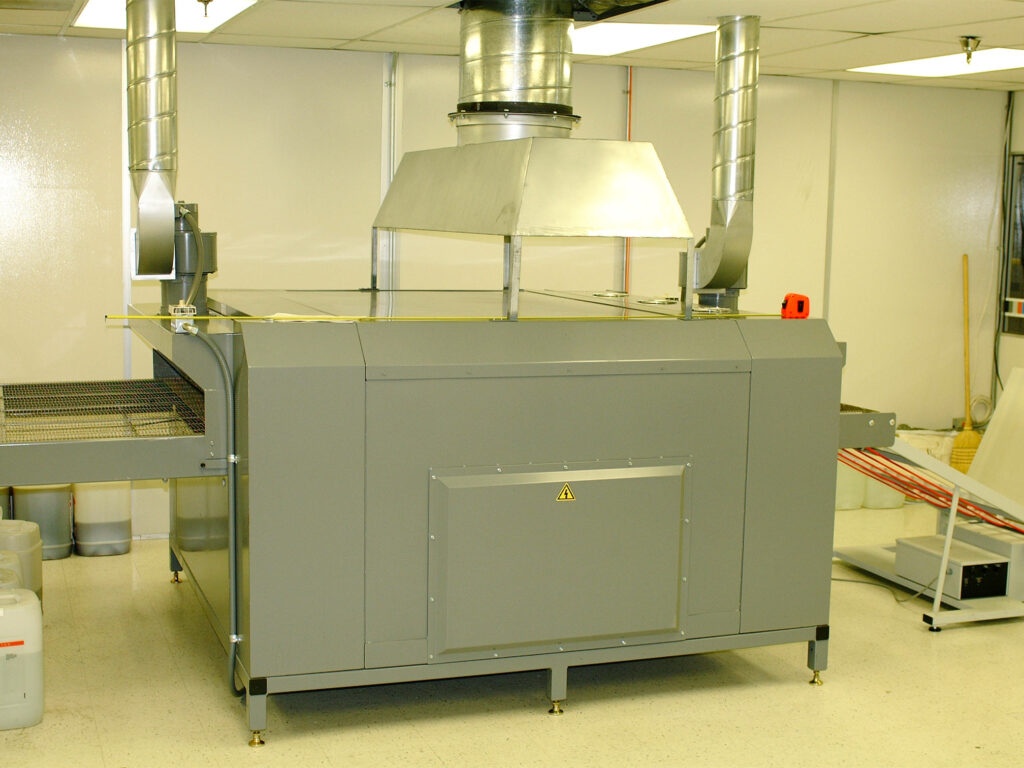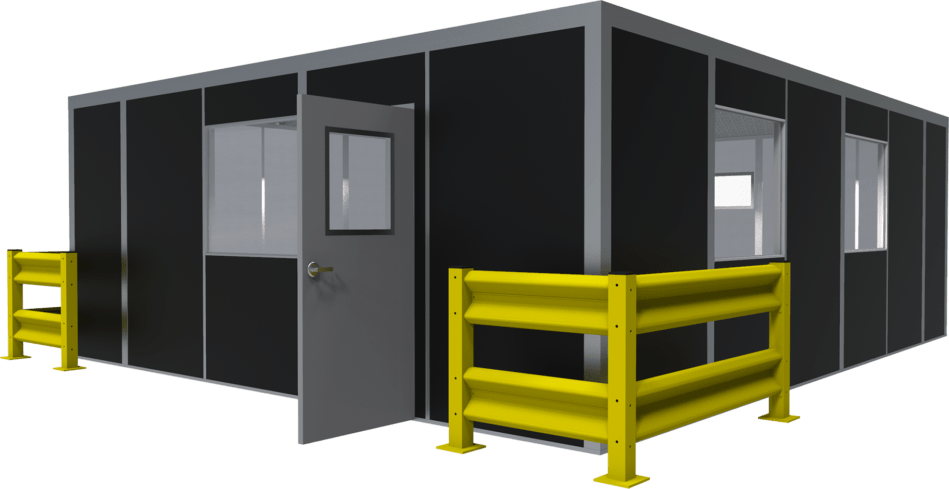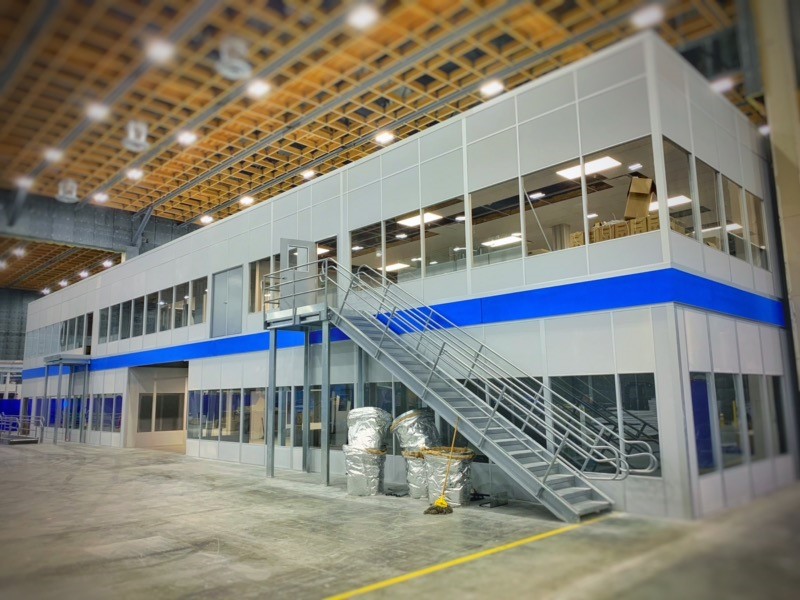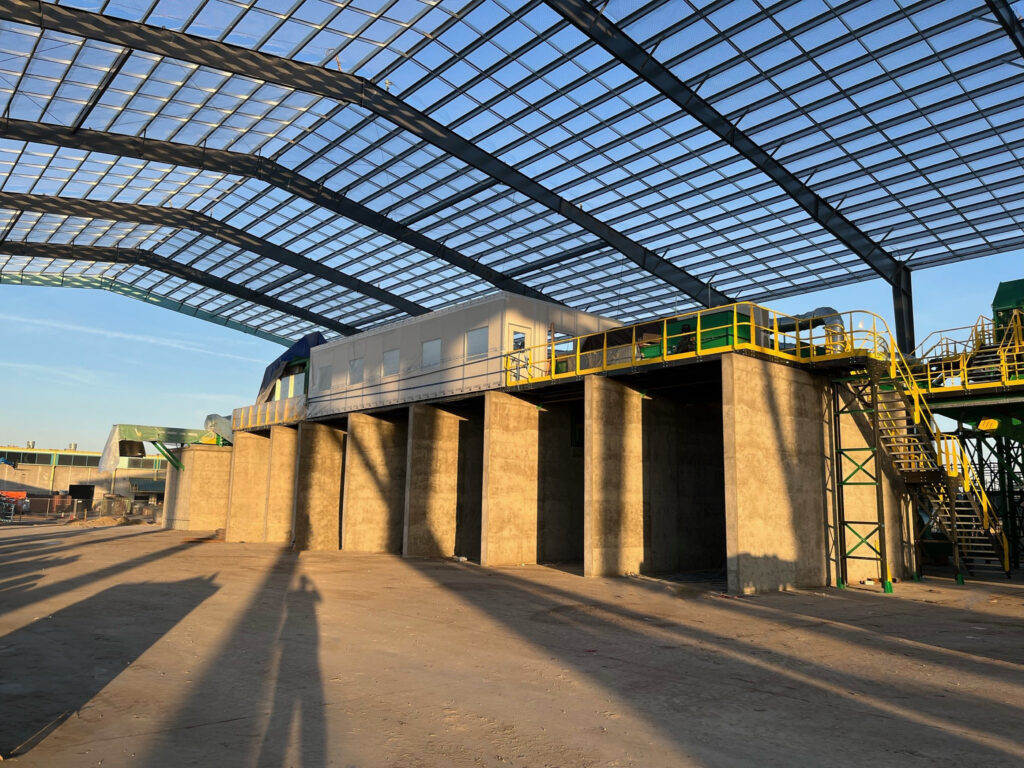The Critical Role of High-Quality Laser Enclosures in Safety and Efficiency
In the realm of laser technology, where the power of light is harnessed for a myriad of applications from industrial manufacturing to medical treatments, the importance of a high-quality laser enclosure cannot be overstated. This blog post delves into the pivotal role that well-designed laser enclosures play in ensuring operational safety, enhancing efficiency, and maintaining compliance with regulatory standards.
Ensuring Safety: The Paramount Priority
At the heart of the discussion on laser enclosures is the uncompromising need for safety. Lasers, especially those in the higher classes (Class 3B and Class 4), emit intense radiation that can be harmful to both the eyes and skin upon direct or even indirect exposure. A high-quality laser enclosure acts as the first line of defense, containing the laser’s radiation and preventing accidental exposure. This containment is crucial not only for the operators but also for bystanders, ensuring a safe working environment for everyone involved.
Enhancing Operational Efficiency
Beyond safety, a good laser enclosure contributes significantly to the operational efficiency of laser systems. Enclosures designed with functionality in mind allow for ease of access to the laser and its components for maintenance and adjustments, without compromising safety. This accessibility can reduce downtime and enhance productivity. Furthermore, enclosures can be equipped with features like climate control to maintain optimal operating conditions for the laser, thereby ensuring consistent performance and prolonging the equipment’s lifespan.
Regulatory Compliance and Liability Reduction
Compliance with safety standards is not just a matter of best practice; it’s a legal requirement in many jurisdictions. High-quality laser enclosures are designed to meet, if not exceed, the stringent requirements set forth by standards such as the American National Standards Institute (ANSI) Z136 series in the United States and the International Electrotechnical Commission (IEC) 60825 standards internationally. By adhering to these standards, organizations can avoid costly penalties and reduce the risk of liability in the event of an accident.
The Impact on User Confidence and Industry Reputation
Investing in a high-quality laser enclosure also has broader implications for user confidence and the reputation of the laser industry. When operators feel safe and equipment performs reliably within its enclosure, it fosters a positive perception of laser technology, encouraging its adoption across various sectors. Conversely, incidents arising from inadequate enclosures can lead to negative perceptions, hindering technological progress and adoption.
Customization for Application-Specific Needs
The “one-size-fits-all” approach does not apply to laser enclosures, given the diverse applications of laser technology. A high-quality enclosure is one that is tailored to the specific needs of its application, whether it requires sterile conditions for medical lasers, robustness for industrial environments, or precision for scientific research. This customization ensures that the enclosure not only provides safety and efficiency but also integrates seamlessly into the workflow of its intended application.
Conclusion
The significance of a high-quality laser enclosure extends far beyond a mere safety requirement. It is a critical component that influences the efficiency, compliance, and overall success of laser operations. By prioritizing the design and implementation of superior laser enclosures, organizations can safeguard their workforce, protect their investments, and contribute to the positive growth and acceptance of laser technology across industries. In the dynamic and ever-evolving field of laser applications, the commitment to quality in every aspect, including enclosures, remains a constant imperative.
